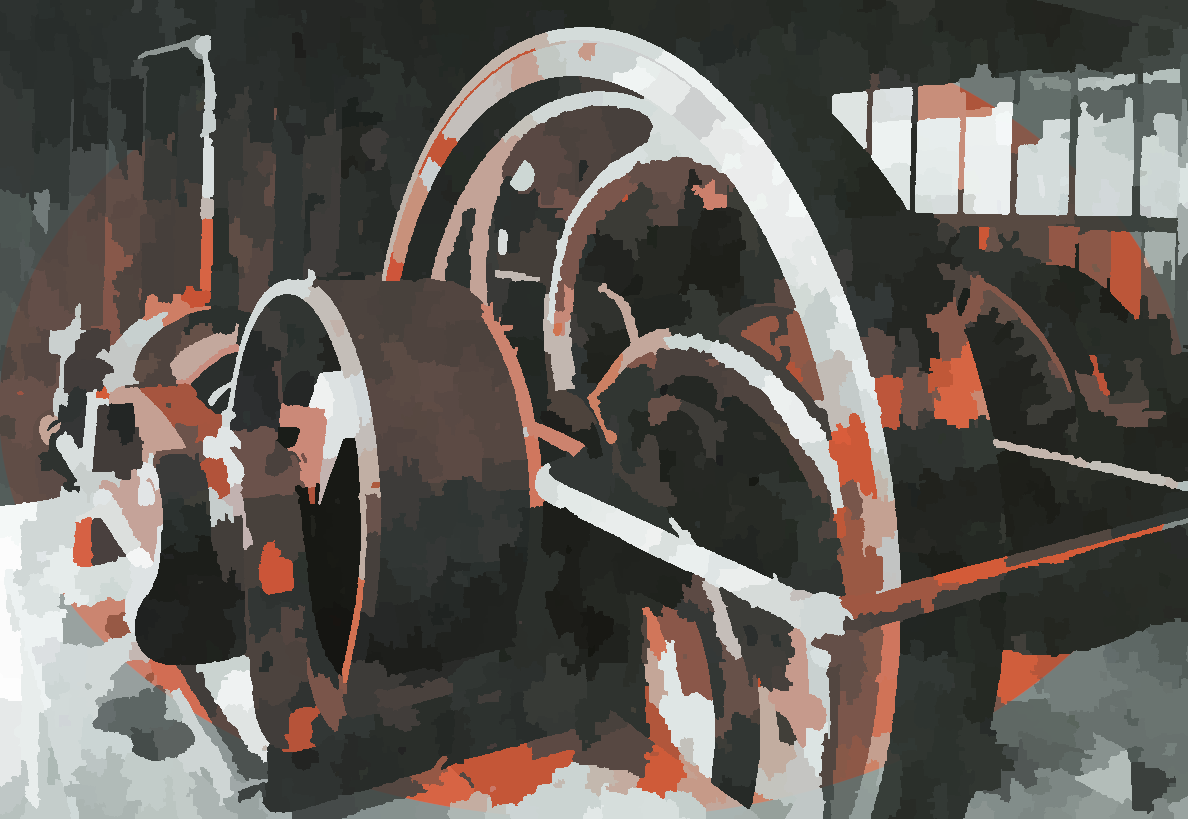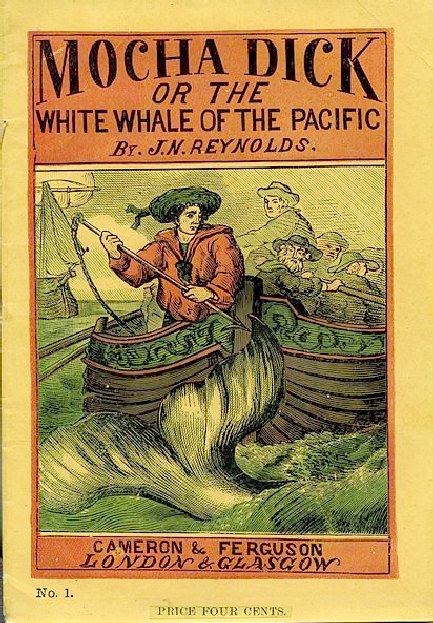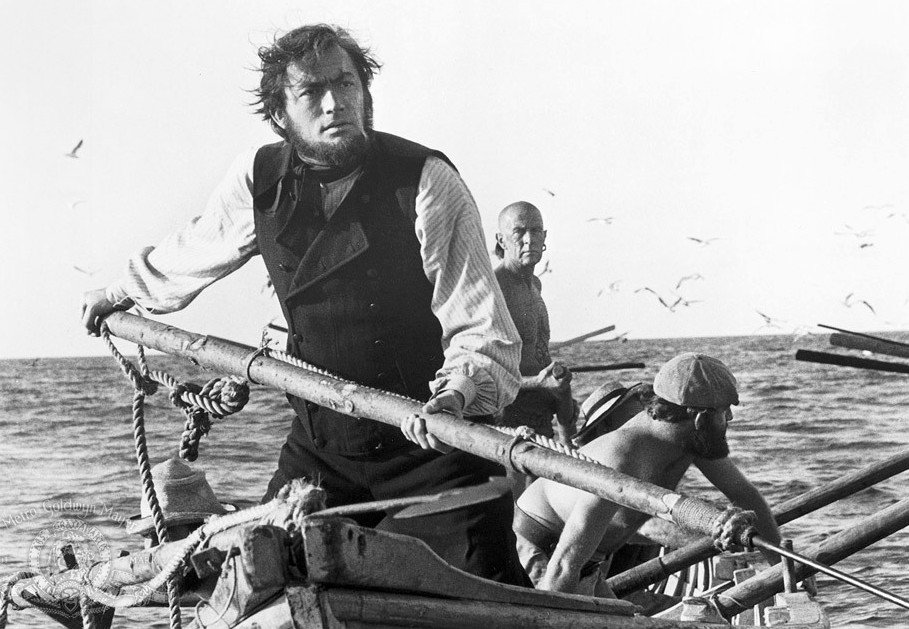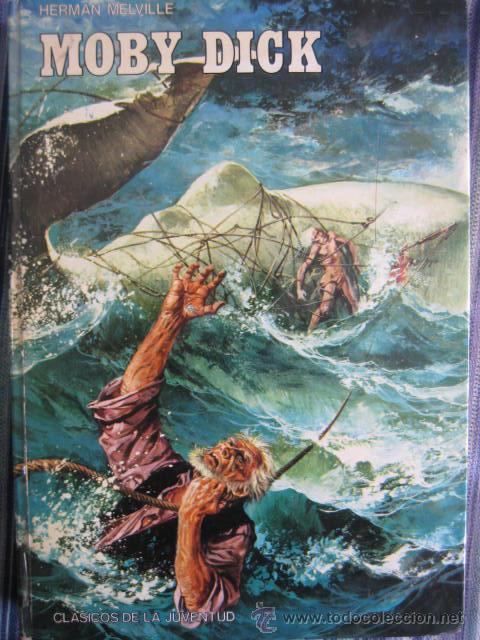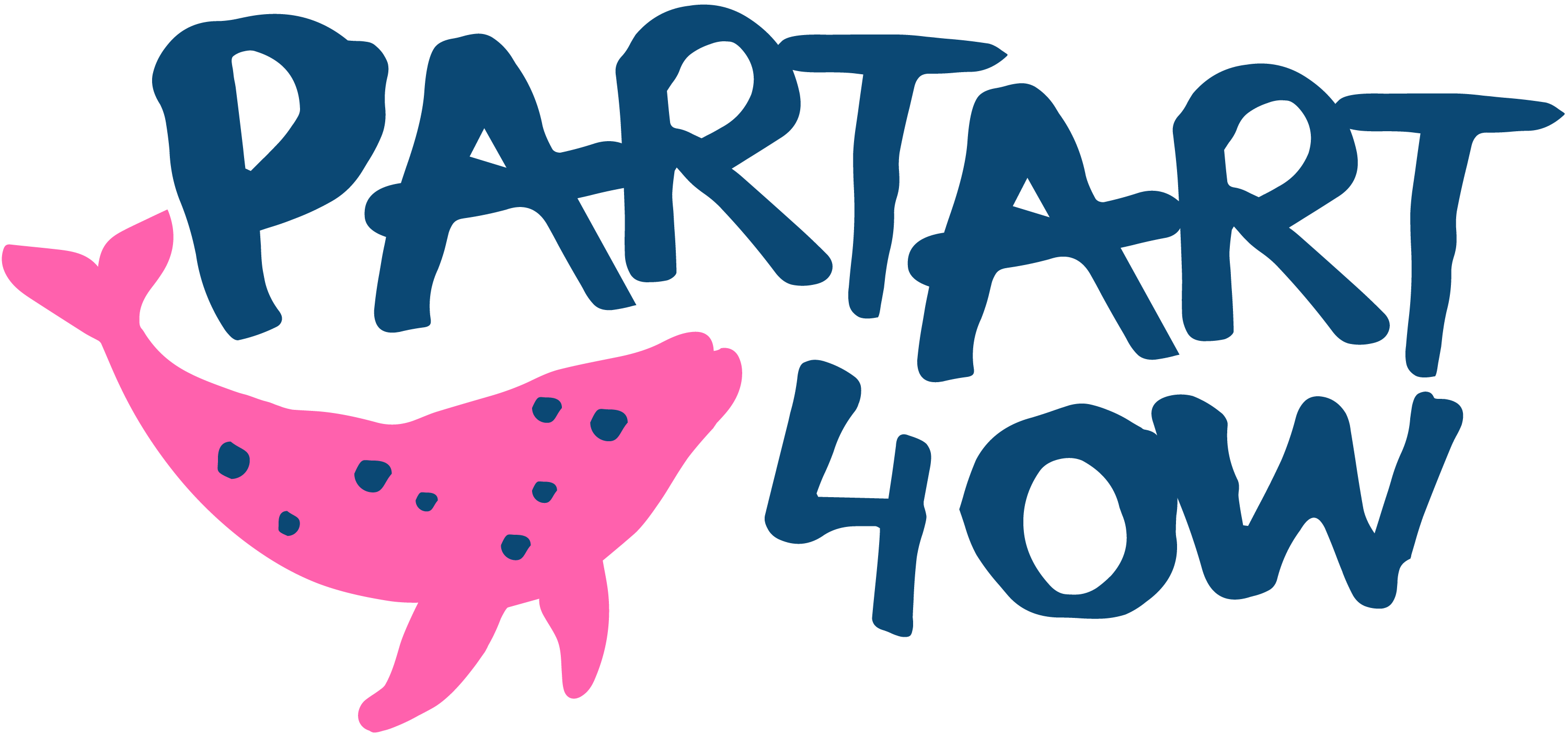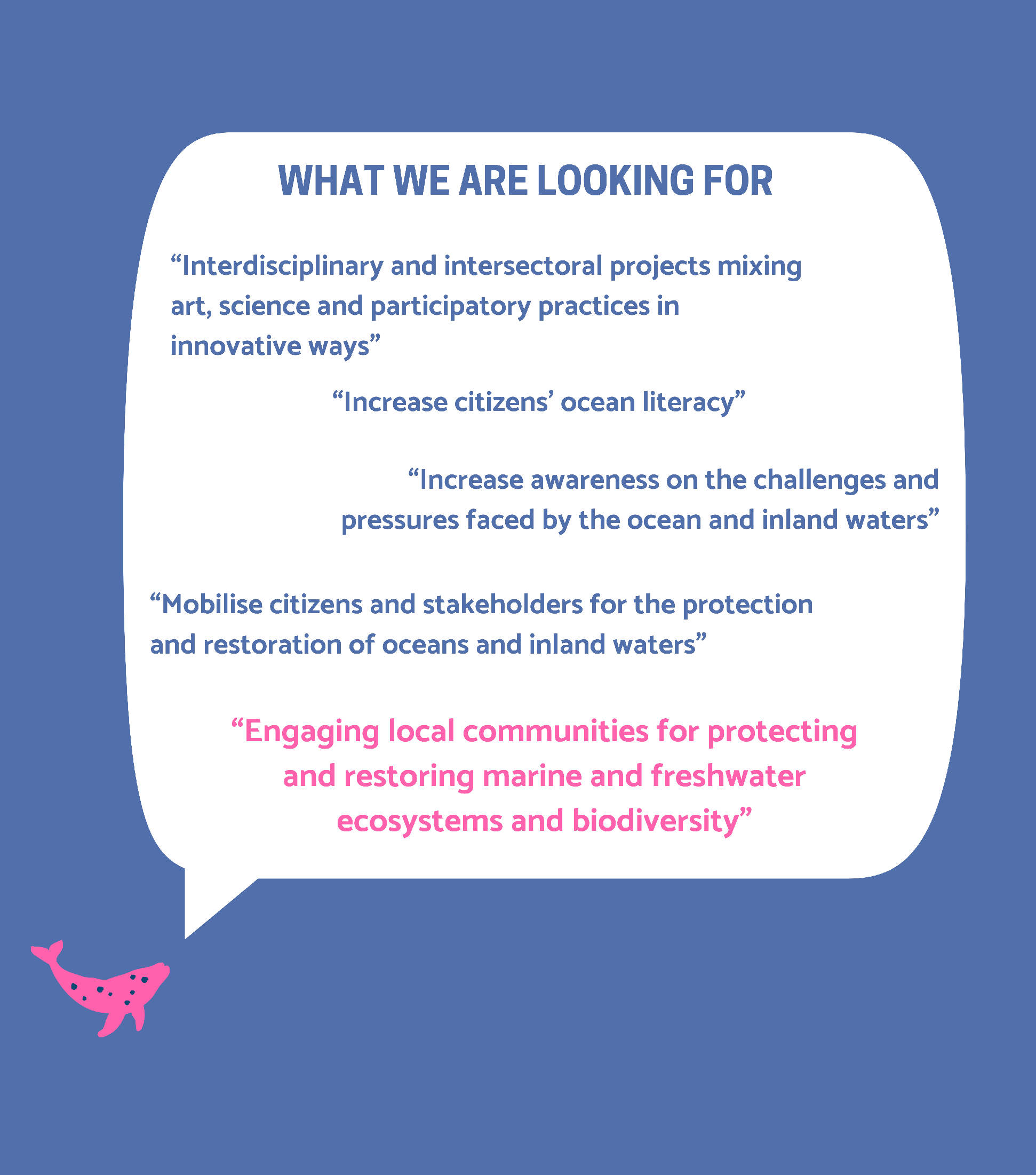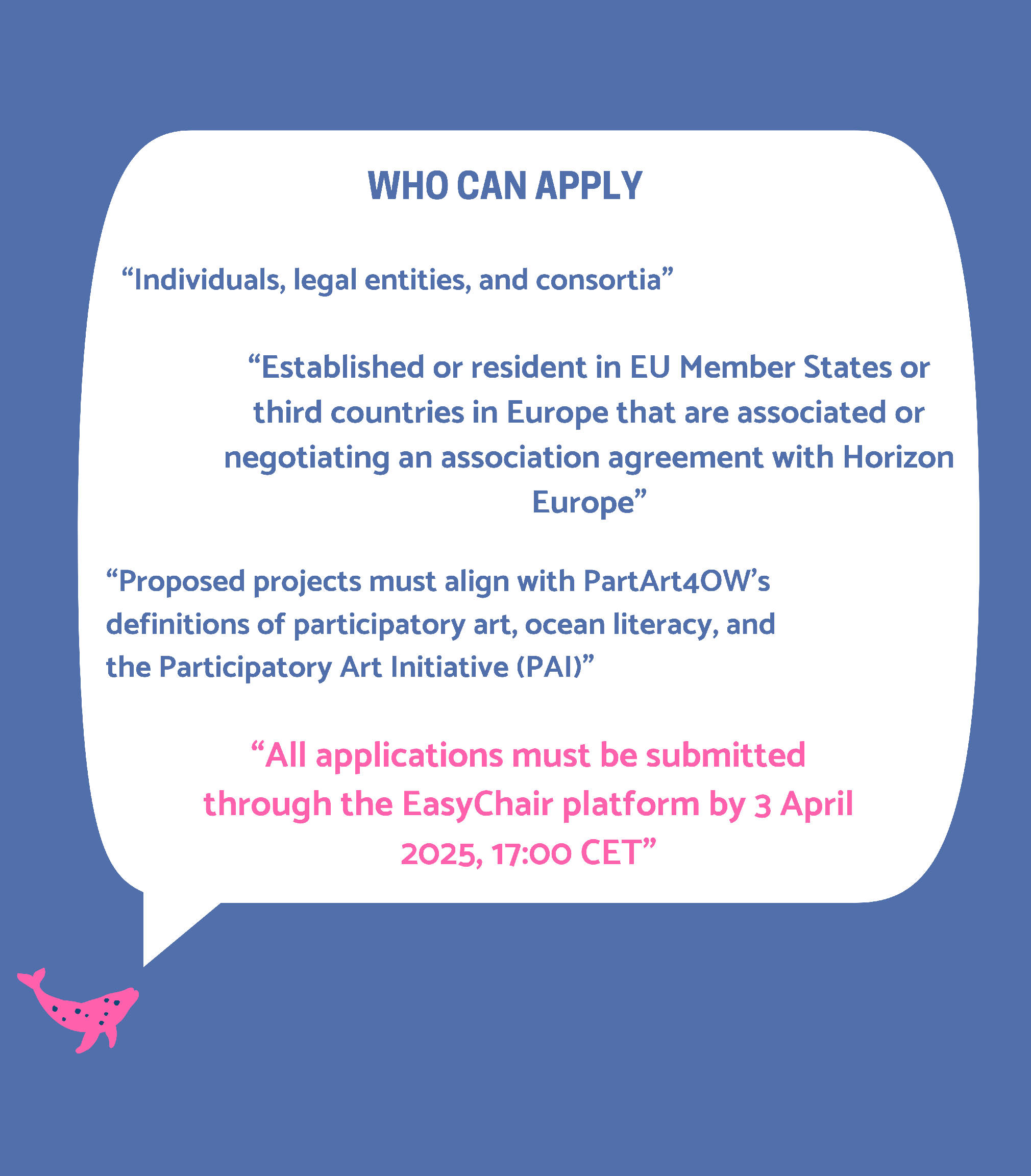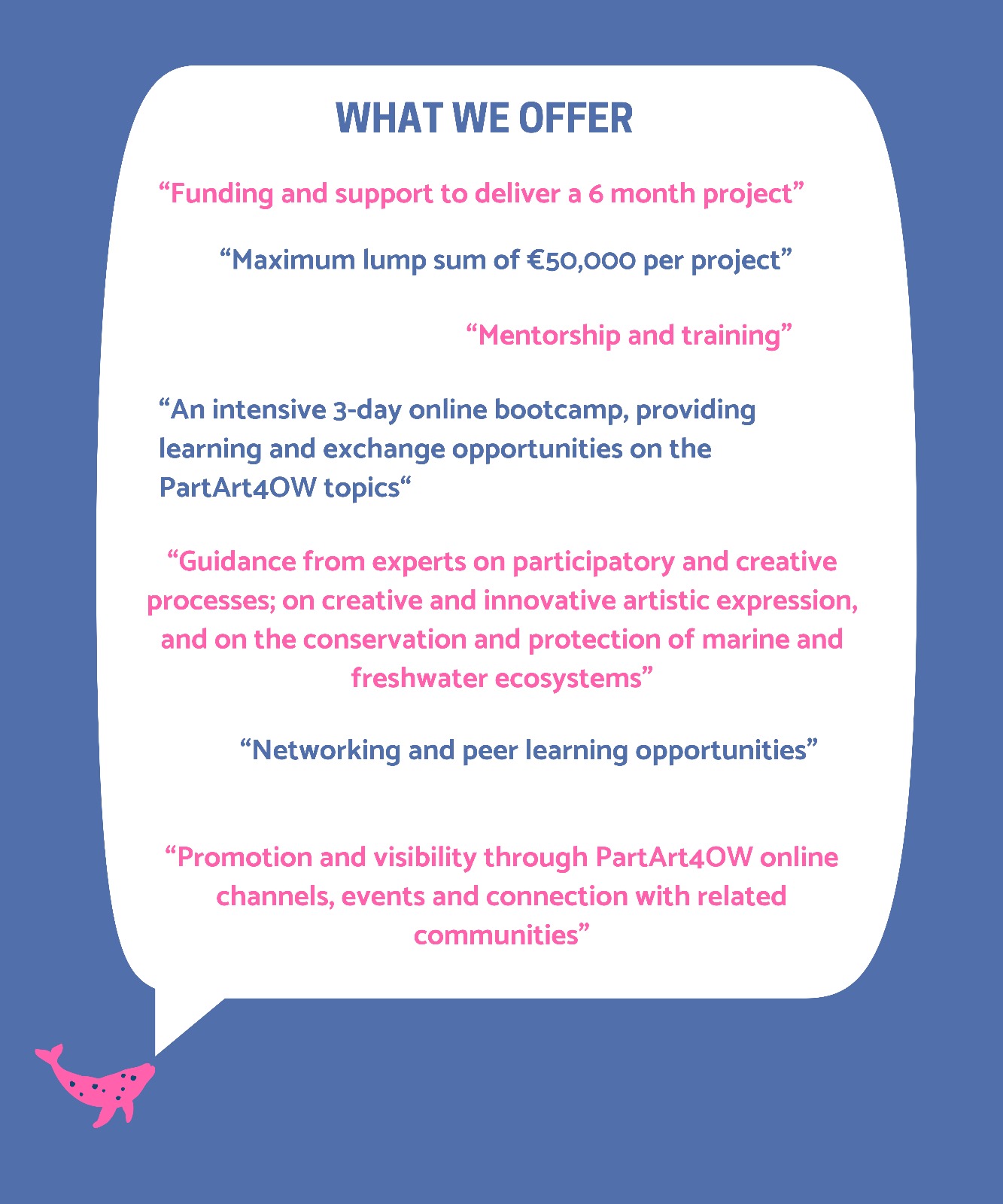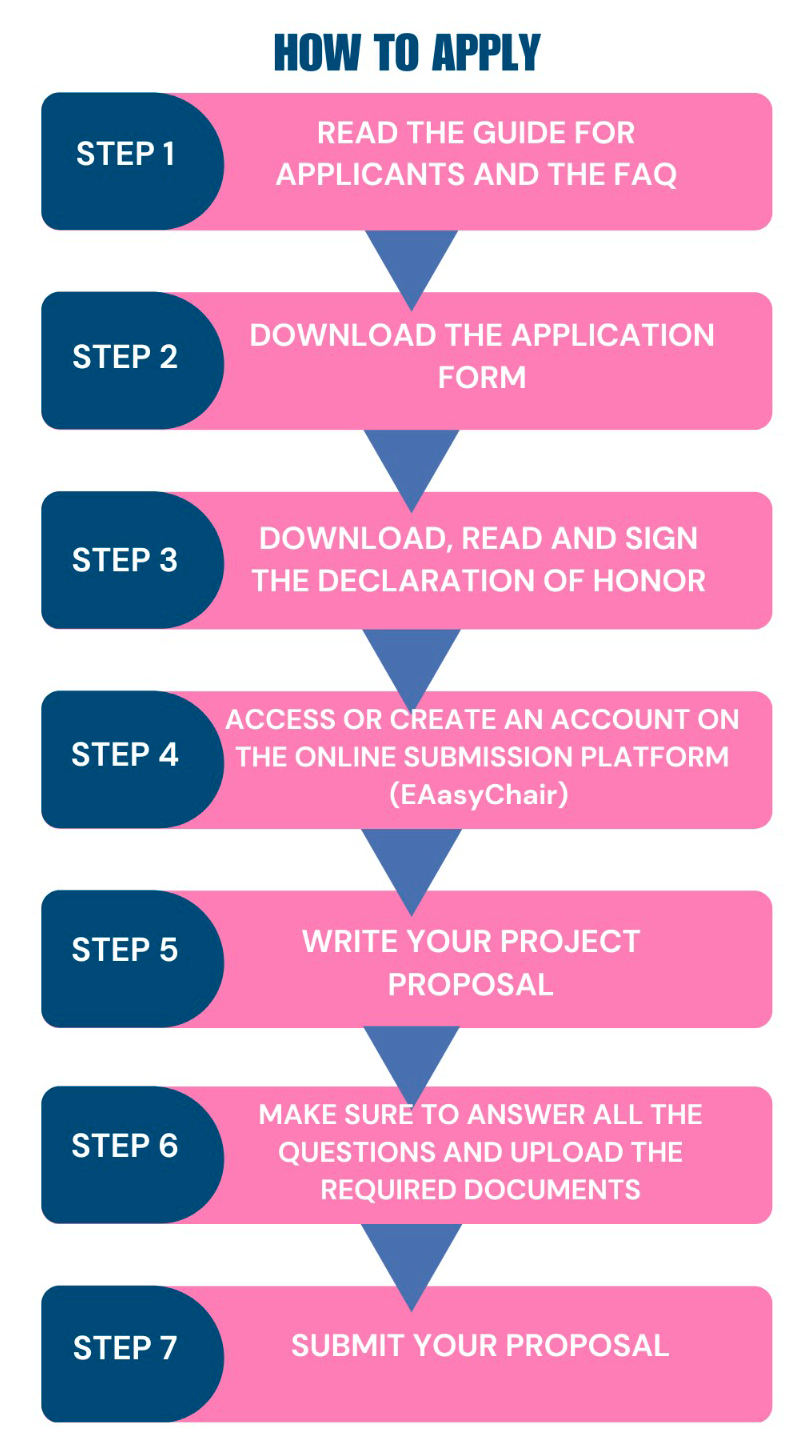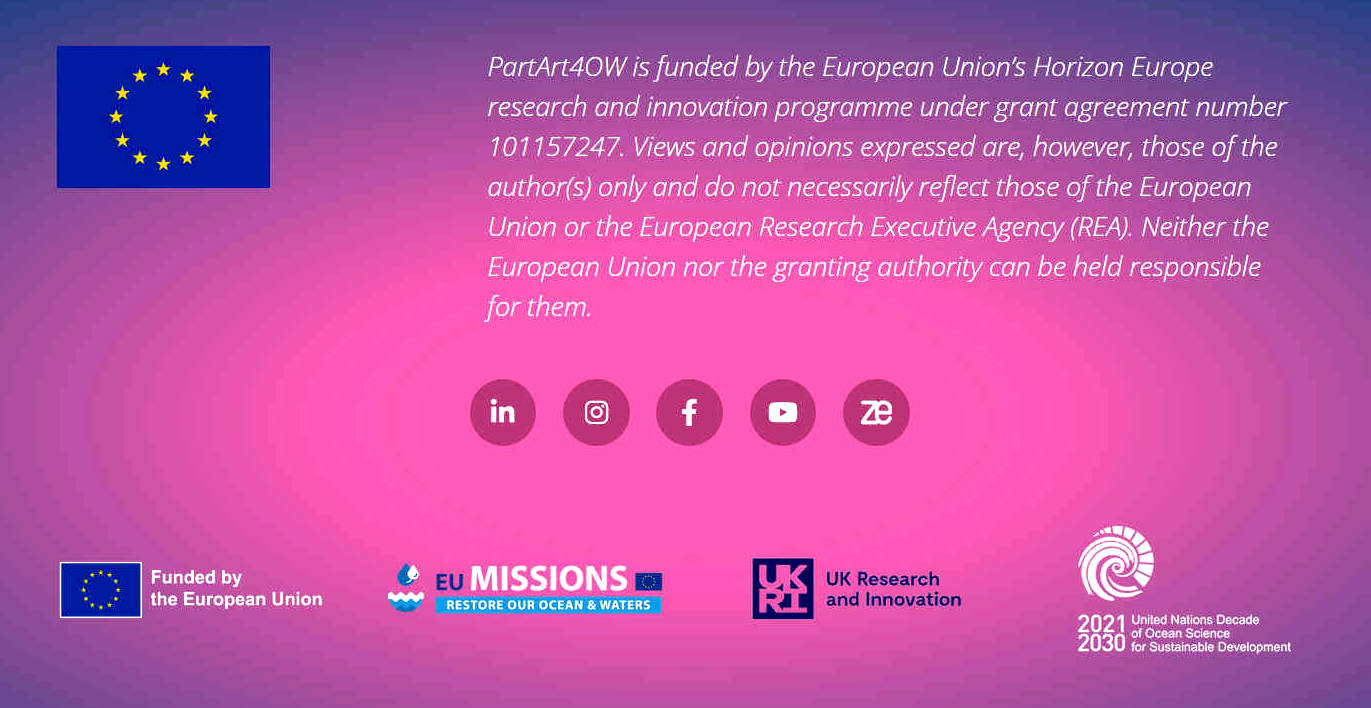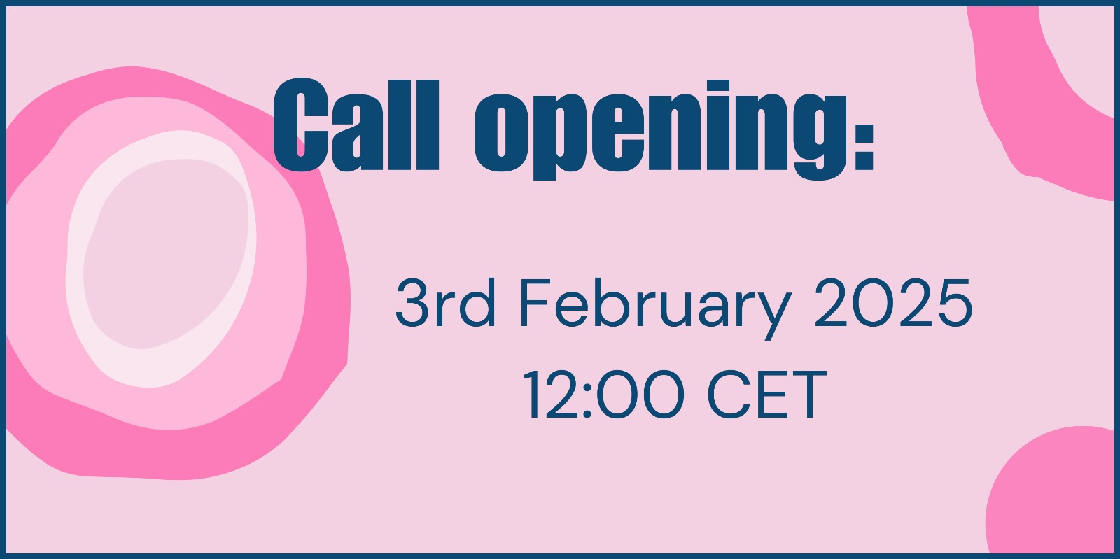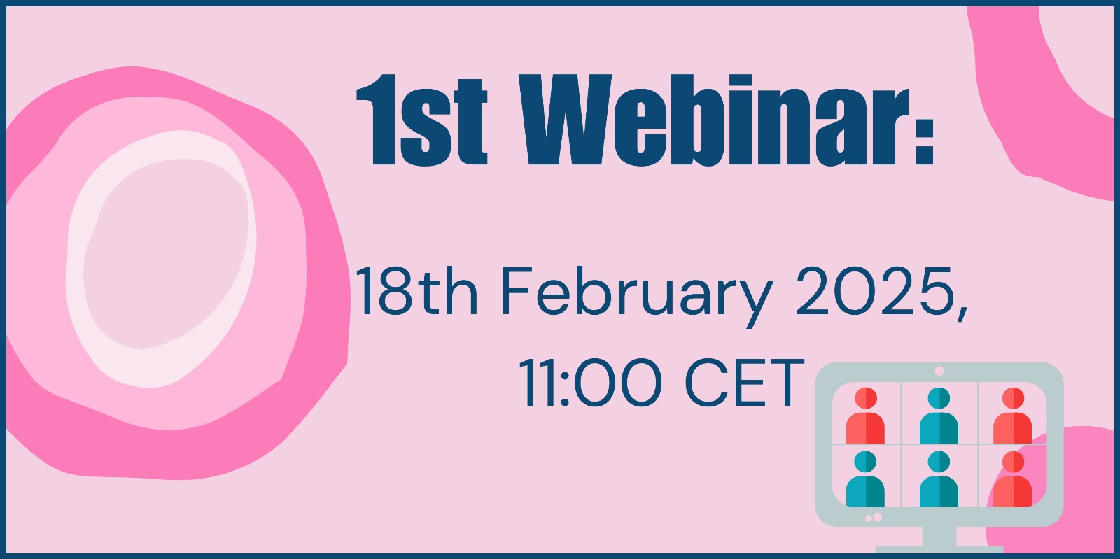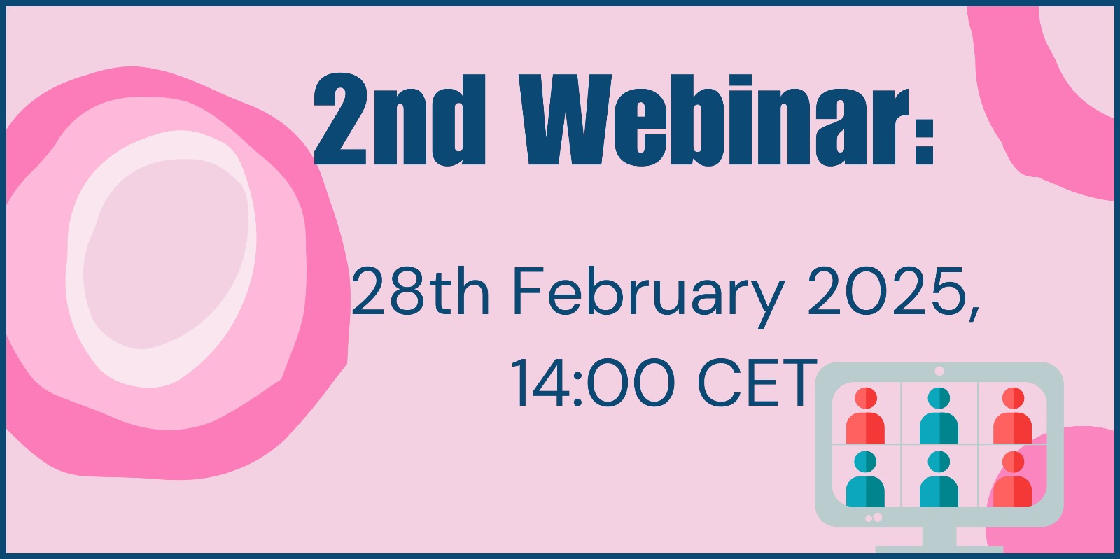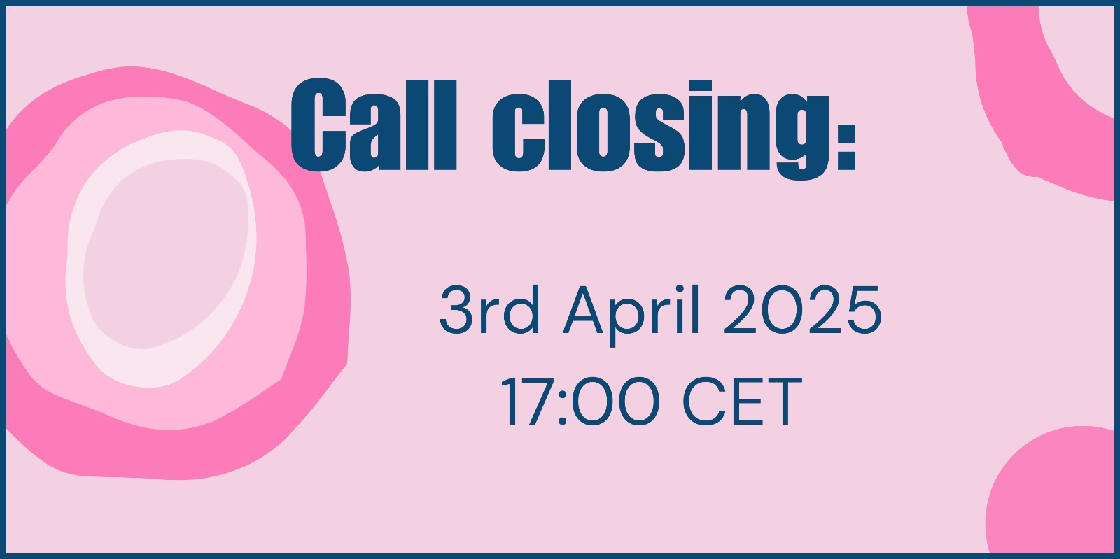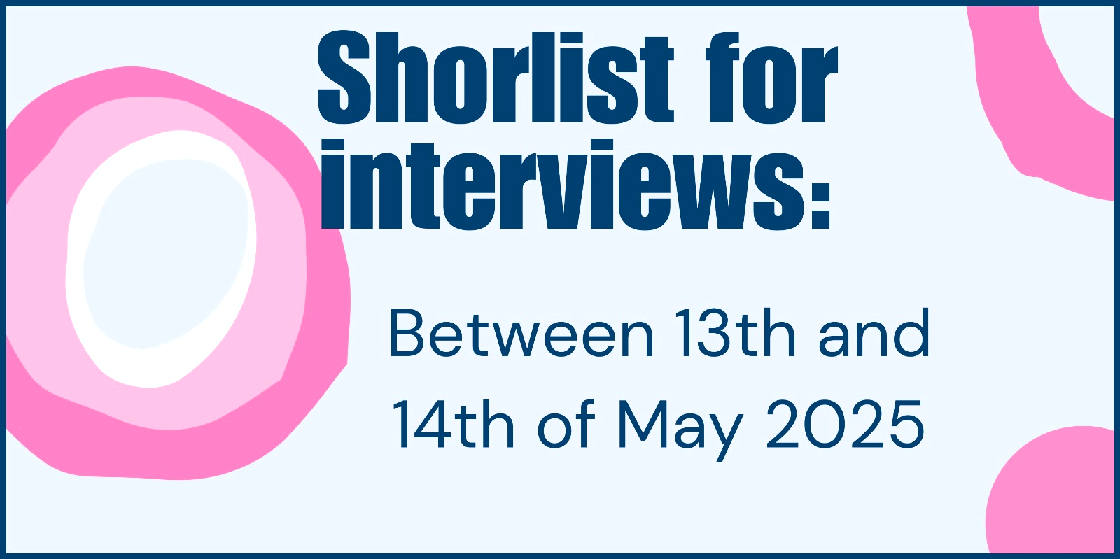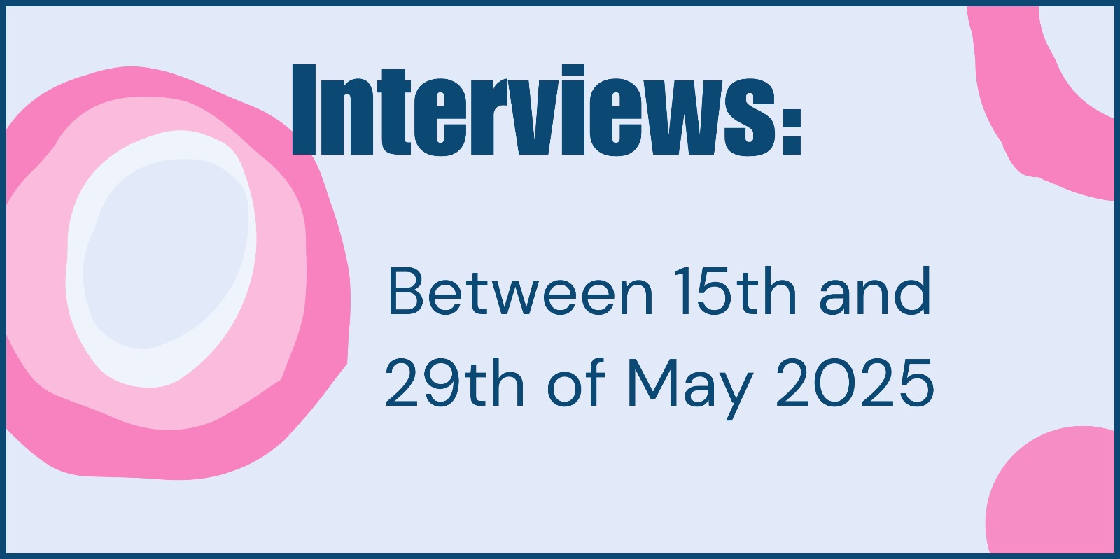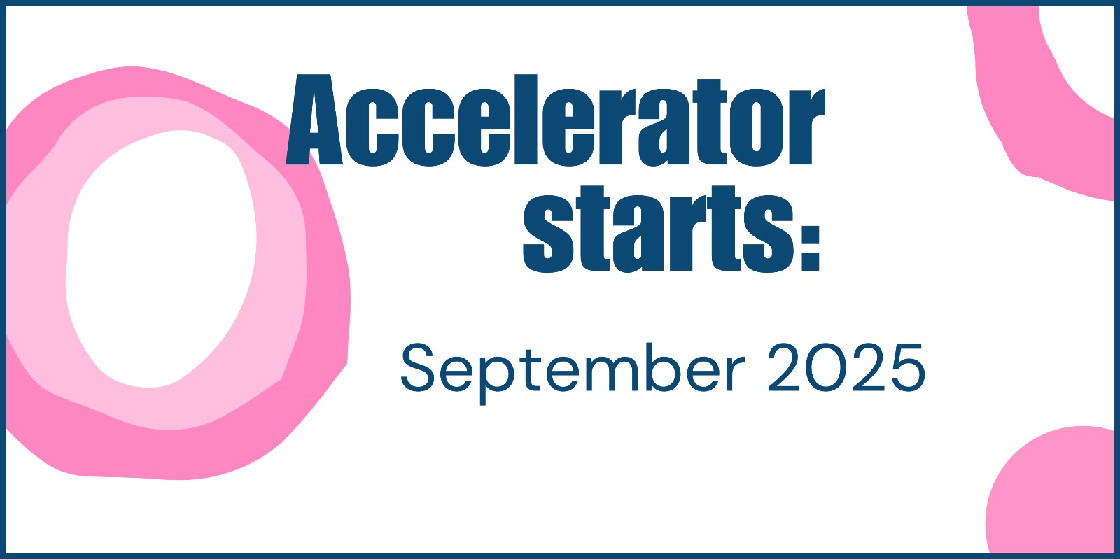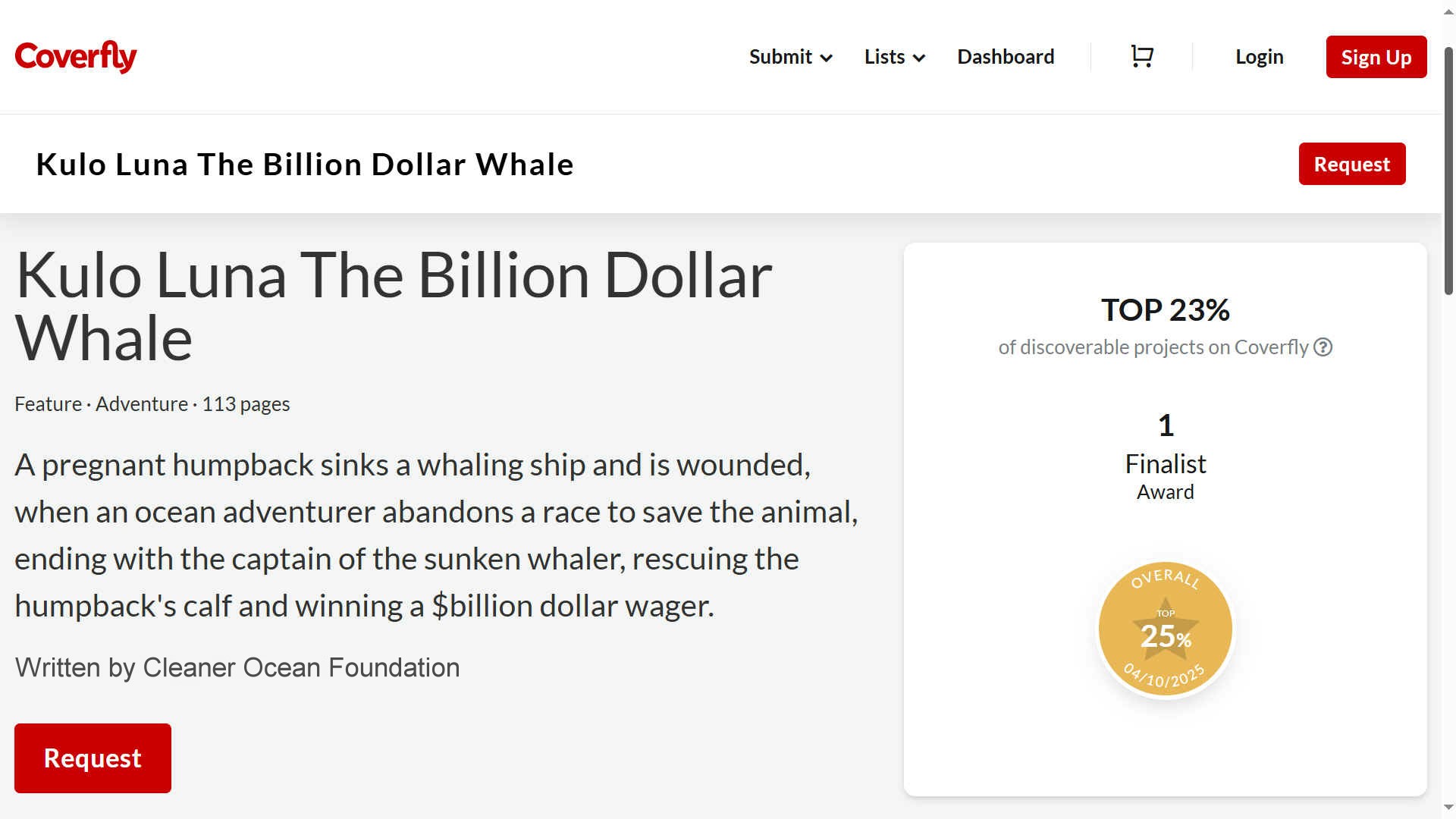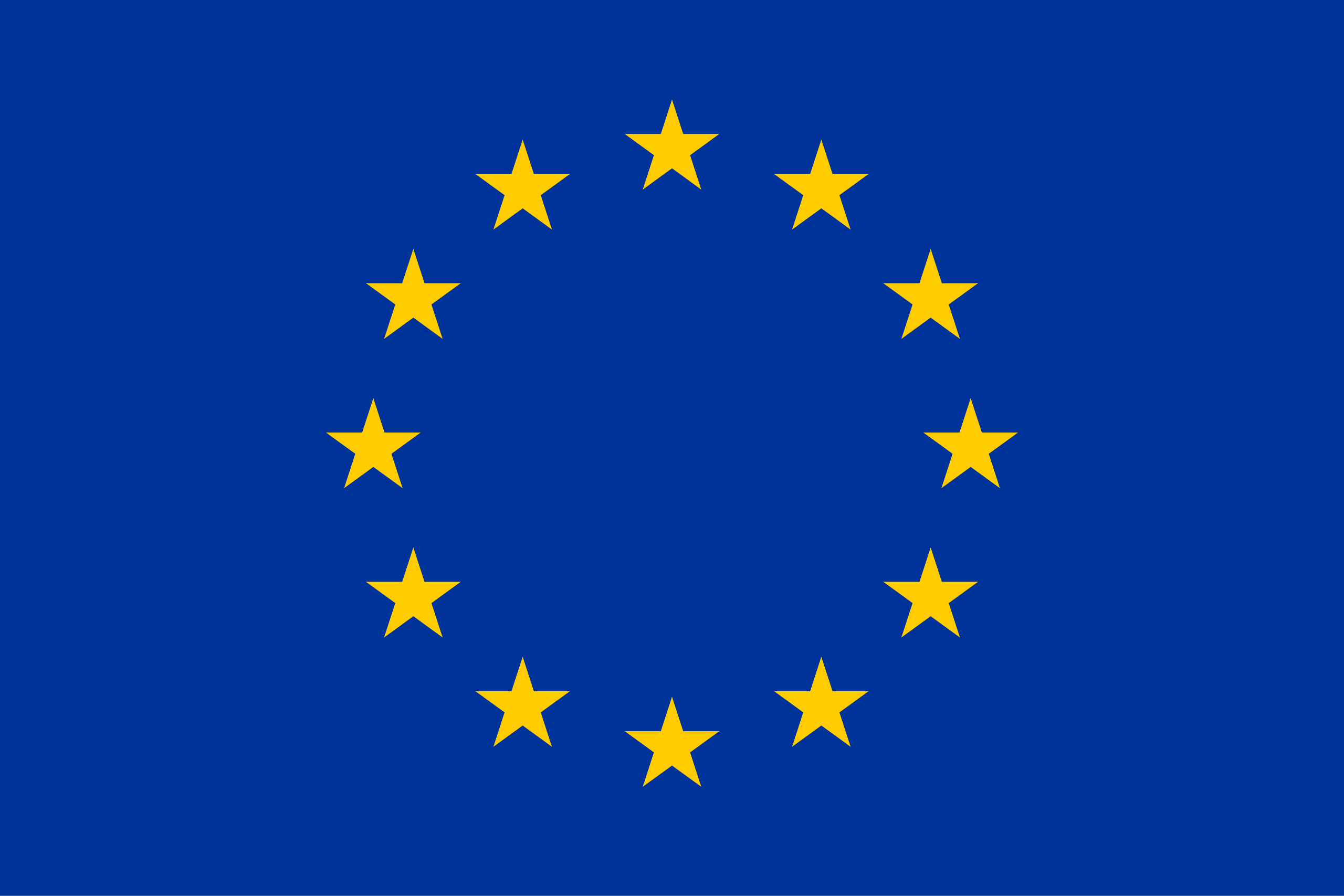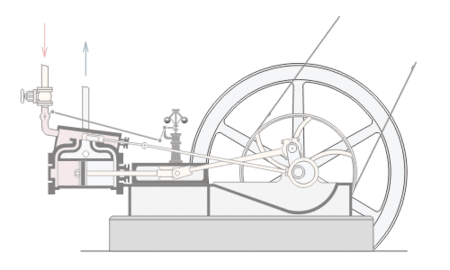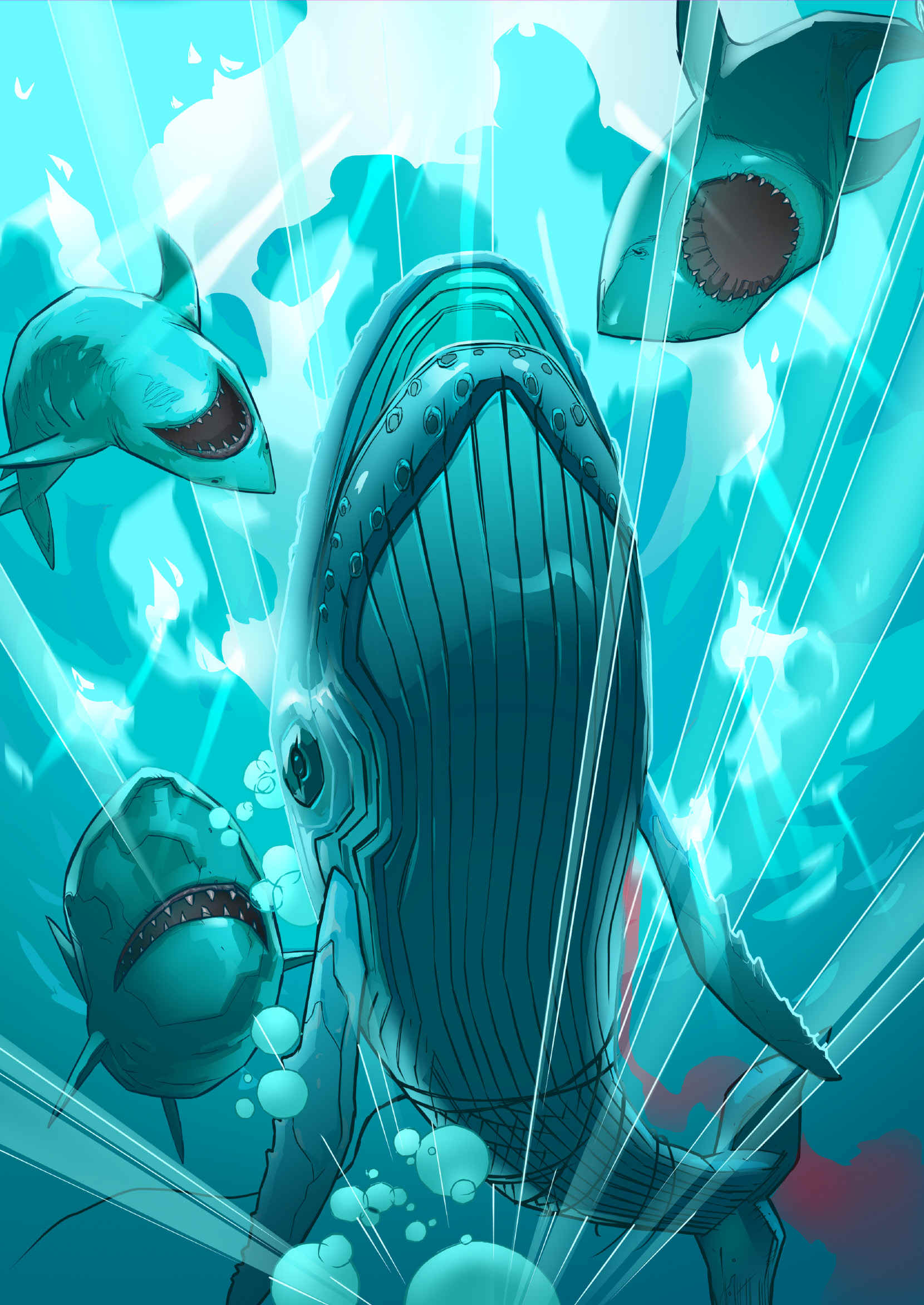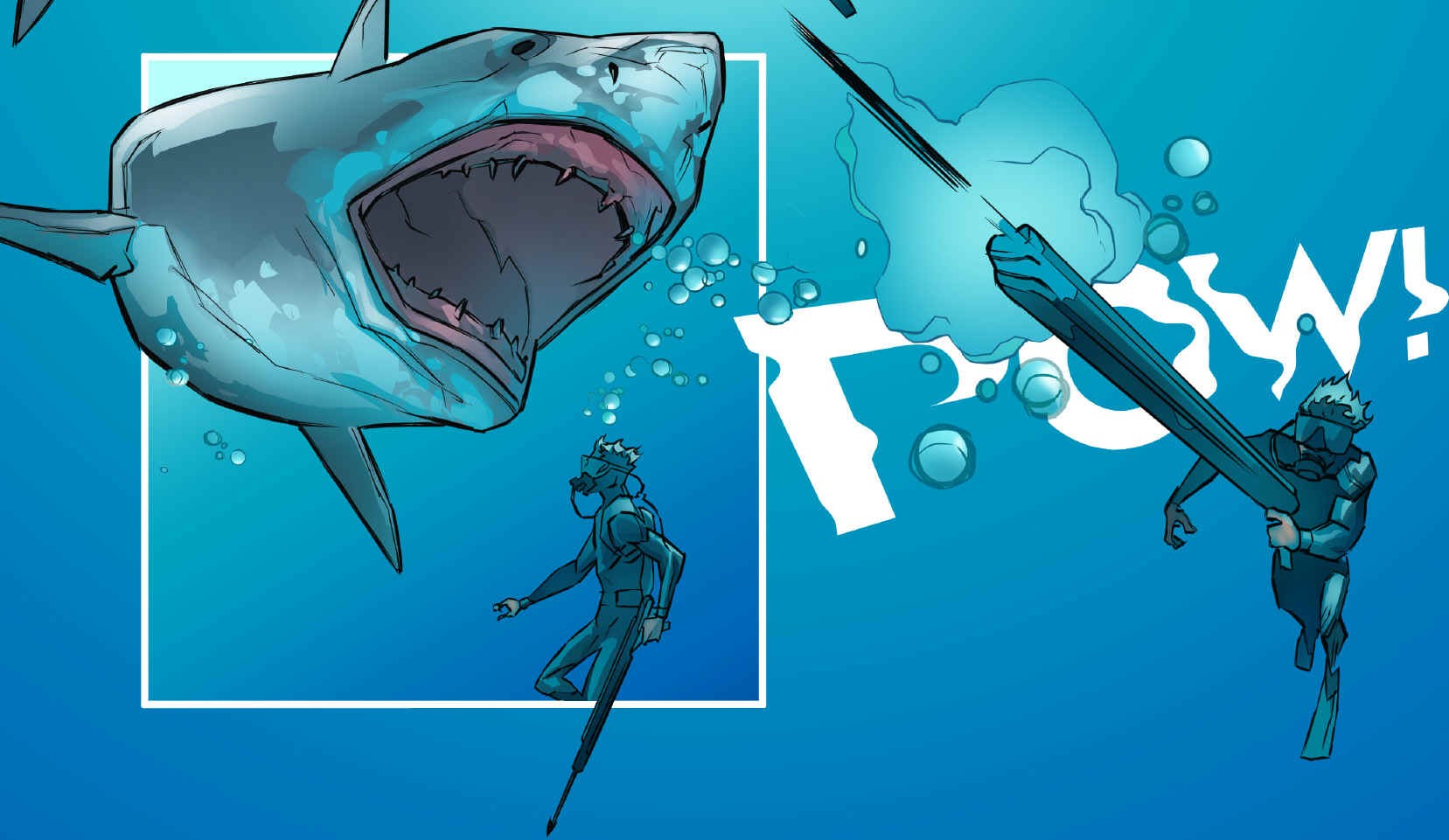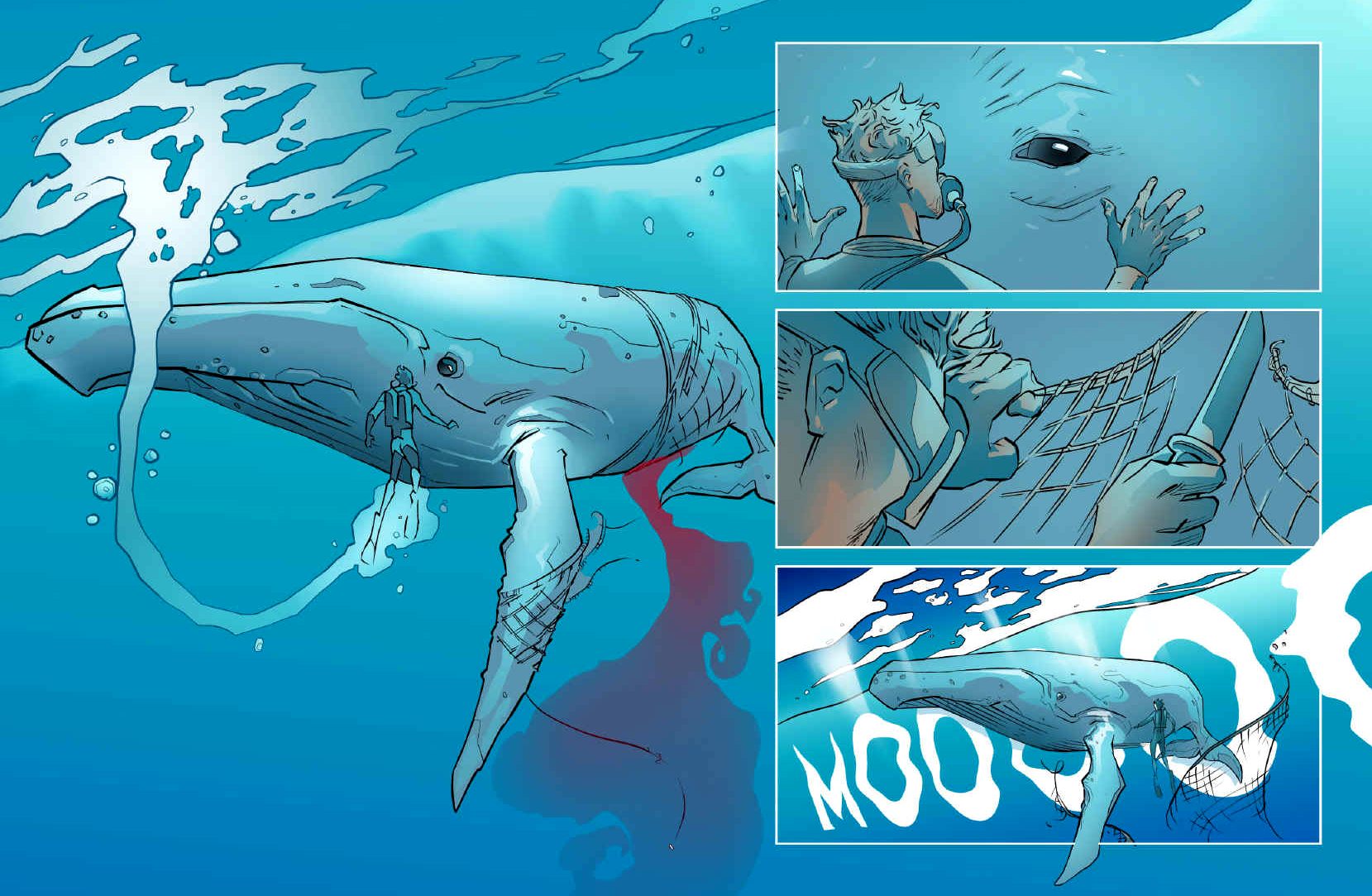|
PARTART4OW |
EXHIBITS |
|||
|
EXHIBITS FRIENDS HERITAGE HOME LIME PARK OPEN DAYS PARKING TECHNOLOGY |
||||
|
GHOST FISHING CYCLE - Discarded fishing nets do not stop capturing and killing marine fauna. In the fictional ocean awareness adventure; Kulo-Luna, a humpback whale is rescued from being tangled in a ghost net by a concerned conservationist, action hero: John Storm.
Not in any way connected with the generating history of Herstmonceux Museum, but that the ocean plastic and other displays are to be powered by electricity, harvested as natural energy from the sun. In March of 2025 the EU called for proposals for local projects that raise awareness of the plight of our oceans and inland waters.
Herstmonceux Museum is looking to develop the "SeaVax" and "Elizabeth Swann" as exhibits, and open those displays to the public, in conjunction with the publication of the Kulo-Luna story as an illustrated (and interactive) novel version of the published script - in the "Plastic Hall" display area, that is at present under developed and incomplete. The SeaVax is an ocean plastic cleaning machine, designed to operate in conjunction with the "AmphiMax" launch and recovery vehicle. These are both to be displays in the Plastic Hall when it is complete.
It is proposed that in the pages of a planned illustrated novel adaptation of the script for the Kulo-Luna story, artists will be encouraged to submit their artwork to the Cleaner Ocean Foundation, on various subjects - all ocean related. The best of which we have agreed should be exhibited in our "Plastic Hall," and/or our proposed "Art Gallery." With certificates going to the winners and runners up, together with a special edition 'Kulo-Luna' mug or pen being presented to the winners.
The illustrated novel is to be offered to schools and colleges at a discount rate, and made available to libraries. Local educational entities might visit the exhibition at our Museum, as an inspirational local venue, where they may take photographs of the exhibition halls, etc. A tour guide will be available to explain and (where applicable) show the exhibits in action. Most notably the wind tunnel, water tank and solar tracking system on the Elizabeth Swann model. Solar powered shipping is an EU water mission.
HISTORIC
REAL EVENTS - The greatest whale of them all was an albino male first spotted by whalers close off Mocha Island. Unlike the whale that sunk the Essex, this one displayed behaviour so inexplicable in terms of ethology that, to this day, no academic has ever attempted an explanation. This sperm whale had, not one point of human observation, but data from more than a hundred encounters, each with multiple witnesses. Though scholars might have placed this animal in the ‘too hard’ basket, the same cannot be said of the nineteenth century whalers and general public.
INSPIRATION
The Kulo-Luna story was in part inspired by the 'Moby-Dick' classic, written by Herman Melville in 1851, a story in turn inspired by the real-life antics of 'Mocha Dick,' a bull sperm whale that was responsible for numerous whale ship sinkings, in similar style to the Essex in 1820.
Arguably, Jeremiah N Reynolds and Herman Melville, were the ocean awareness activists (publicists) of their day. In their time they did not have acid oceans, poly-rope, nylon fishing nets, or plastic marine litter to contend with. For sure, those writers would have thought to give them a mention if that had been the case. As our technology advances, and we enter the age of hydrogen and solar powered shipping, these propulsion systems are gearing up to take over from heavy diesel oils, as surely as coal took over from sails. Perhaps with more urgency where the subject matter is in the public eye. As per the IMO's agenda 2030 - 2100, aimed at 100% clean ocean transport by 2100, and 40% clean shipping by 2030.
PartArt4OW is looking for interdisciplinary and intersectoral projects mixing art, science and participatory practices in innovative ways.
They believe that collaborations between the creative and cultural sectors, the scientific community and the civic society organisations can lead to stronger projects.
THE FIRST OPEN CALL CHALLENGE
WHAT PARTART OFFER PROSPECTIVE CANDIDATES
PartArt4OW offer funding and support to deliver a 6 month project. This includes a maximum lump sum of €50,000 per project. They also offer mentorship and training, by way of an intensive 3-day online boot-camp, providing learning and exchange opportunities on the PartArt4OW topics. There will also be guidance on creative processes, innovative artistic expression, conservation, protection of marine and freshwater ecosystems. Finally, PartArt will provide networking and peer learning opportunities, and promotion and visibility through PartArt4OW online channels, events and connection with related communities
Funds will be disbursed in two stages: 50% at the beginning of the project and the remaining 50% after the final review, upon successful completion of the project and submission of the required deliverables.
If we are going to save our waters and oceans, we need to significantly raise awareness of the challenges they face from marine litter and acidity. We need more competitions like these to make that happen. Well done EU. Keep up the good work. The Kulo-Luna project is just one example of art in action, focused on ghost fishing nets and zero carbon marine transport.
Our earth is an amazing planet that many people take for granted. We are the right distance from the sun to benefit from radiated energy, without burning up. We have water in abundance, in a cycle that nourishes our crops on land, draining into the seas via rivers, to begin evaporating again to form clouds, then precipitation. The ocean is home to fish and flora like kelp and seaweed that (like trees) oxygenate the atmosphere for us to breathe. Yet we burn fossil fuels that damage our environment and pour pollution into the sea, without a thought for accumulated harm it causes. Simply put, we are poisoning our home.
WHO CAN APPLY
QUESTIONS?
We are thrilled to
be associated with the proposed ‘Kulo-Luna,’ project, a transformative project by the Cleaner Ocean Foundation that bridges
art, science, and civic engagement to inspire and educate audiences
about the challenges our oceans face. By leveraging the magic of
storytelling and cutting-edge technologies, Kulo-Luna is set to
captivate the hearts and minds of citizens while mobilizing collective
action for ocean restoration.
The
project integrates innovative technology, featuring the Elizabeth Swann hydrogen-powered
ship and large solar wings that track the sun, with plans for an
interactive exhibition showcasing a 2.6-meter model at the novel's
launch. By inspiring action through storytelling, participatory art, and
sustainable innovation, Kulo-Luna aims to increase ocean literacy,
mobilize citizen engagement, and ultimately drive collective efforts for
the protection and restoration of marine ecosystems.
AWARD WINNING - The first (draft) 'Kulo-Luna' script made it into the top 23% of discoverable projects in the prestigious Coverfly competition in 2022. This will be the template for a proposed illustrated novel to be made available for sale on Amazon and at other good bookshops. This story, developed by the Cleaner Ocean Foundation, is donated to the cause, for the purpose of increasing ocean literacy.
The story dealing with possible illegal whaling and pirate whalers. The harpooning of whales for food is an emotive subject, and this is the main premise of the story, in this case treated in a way that is palatable, as a fictional ocean adventure. The Foundation will make sure that where applicable, data storage and subject will be compliant with Data Subject protection requirements.
PROJECT
AIMS
COST
BENEFITS
Likewise, the 2.6-meter model ship featured in the Kulo-Luna story, is already designed and part built, needing only completion, such as to be used for displays at events at major international event like “Oceanology International” or “Seawork”.
The Foundation have their own (mechanically restored) VW Kombi van, in need of some internal fitting out to install a framework and cradle to carry the very large working model safely and undamaged to and from events. To simplify this procedure, the existing wooden buck used to build the model will be used, supported on suitable 4"x2" timbers as a basic frame, being both simple and cost effective.
The wooden buck used in the making of the 1:20 scale model of the Elizabeth Swann, will be installed in our VW Kombi wagon using standard 4 x 2 inch timbers bolted to a floor base inside the classic vehicle. Fortunately, the van is large enough to accommodate this large scale proof of concept vessel. Indeed, the length of the model, including floatation calculations were adjusted to fit.
TEAM & COMMUNITY
The project coordinator was formerly a skilled welder-fabricator, in boat and custom car building. He is a qualified diver and helps to develop storylines. He is also an IP consultant, responsible for obtaining many trademarks pertaining to this project, such as the registered Mark: Kulo Luna. Over the years, our staff and associates have organised many shows and events, most notably for the “SeaVax” project. Where a large working model was displayed in London at Innovate UK.
The
Foundation's Youth Project Lead (YPL) is an engineering student keen on conservation
issues. He is learning how to speak in public, attending at the Brighton
Dome in June 2024 to present the “Elizabeth Swann” project to a
packed audience. He also presented at Bexhill at the United Nations
(Climate and Oceans) symposium on the 18th November 2023. He is bilingual, fluent in
French and English. Our YPL is helping to build the 2.6 meter working
model of the Elizabeth Swann, and will help to man stands at events.
HOPED FOR IMPACT POSITIVE CHANGE
Identifying stakeholders is key to understanding the ripple effects of the proposed project as to positive outcomes.
Positive
Change: Increased ocean literacy and a deeper emotional connection
to marine conservation issues, empowering them to adopt sustainable
behaviours and advocate for environmental protection within their
communities. EDUCATIONAL INSTITUTIONS (SCHOOLS, LIBRARIES, EDUCATORS)
Positive
Change: Access to an innovative educational resource in the form of
the illustrated Kulo-Luna novel, which can be incorporated into
curricula or literacy programs to spark discussions about marine
conservation among young learners. RESEARCHERS AND SCIENTISTS
Positive Change: Enhanced public understanding of their work and the importance of sustainable marine innovations, fostering greater support for research funding and awareness campaigns.
How
They Benefit: The project showcases real-world examples of
innovative clean technology (e.g., the Elizabeth Swann) while
spotlighting scientific insights into marine ecosystems and the effects
of pollution. DECISION MAKERS AND POLICYMAKERS
Positive Change: Heightened public interest and advocacy for marine policy reforms, encouraging the adoption of laws and initiatives that address plastic pollution, whaling, and clean energy.
How
They Benefit: The project provides a compelling narrative and
tangible solutions (e.g., hydrogen-powered vessels) that decision-makers
can use to illustrate the importance of sustainable practices. CREATIVE AND CULTURAL SECTOR
Positive
Change: Opportunities to collaborate on a unique interdisciplinary
initiative, blending art and science to tackle pressing global
challenges. YOUTH AND UNDERREPRESENTED GROUPS
Positive
Change: Empowerment to engage with marine conservation issues,
fostering inclusion and a sense of belonging in environmental advocacy
efforts.
PROJECT & COMMUNICATION ACTIVITIES
Communication
activities will focus on leveraging conservation websites, follow-on
events, and targeted marketing using Amazon's tools to enhance
visibility in search engines. This multifaceted approach ensures
outreach to a wide audience, engaging citizens and stakeholders
effectively in promoting ocean awareness.
BEYOND THE SIX MONTH ACCELERATOR
Please note, the above proposal is not funded, but is simply a proposed project. For more information of these exciting EU opportunities contact PartArt at opencall@partart4ow.eu
https://partart4ow.eu/
There are several innovative vehicles and vessels on permanent display at Herstmonceux Museum, including:
1. Art Gallery - Collection of paintings, pictures, graphics, sculptures, wooden carvings & exotic glassware 2. Archives - Historic documents library, patents, trademarks, copyright, films, catalogued legal papers & letters 3. An Edwardian ice well, throwback to the days before refrigeration 4. A large underground (condensation/cooling) and water storage chamber for ice making 5. The world's smallest water basin, test tank for model boats & ships to 1:20 scale 6. World's smallest wind tunnel, vehicle drag measuring instrument using electronic strain-gauges 7. Three PV boat models, Navigator, SWATH & 2 cats + route map prior to Swiss PlanetSolar 8. Seavax, the ocean cleanup proof of concept prototype from 2016 - Hall of Plastic, ocean waste, marine litter Vs fish 2050 9. AmphiMax, radio controlled (working) beach launching & recovery vehicle for SeaVax 10. Anthony the most dangerous giant Australian bulldog ant, 300 times normal size - Making Ant's Cart 11. EV - FCEV refueling station model in 1:20 scale 12. The only working (fully functional) water well in Herstmonceux village 13. The fountain of youth, Cleopatra inspired statue supplied from natural well water drawn on site 14. Second World War, 'Anderson Inspired,' bomb proof shelter constructed by Major Charles de Roemer 15. City sports FCEV-BEV, hydrogen gull wing proof of concept DC50 electric car 16. Land speed record car: Bluebird-Electric BE1 (original 1st) with battery cartridge exchange 17. Land speed record car: Bluebird-Electric BE2 (original 2nd) with cartridge exchange 18. A complete mummified squirrel, found when re-roofing the Museum June 2017 19. A fully operational, and restored VW Kombi van dating from 1978 (historic vehicle) 20. BMW i3, battery electric vehicle hybrid, with onboard generator range extender 21. Solar panel, and battery energy storage systems facing north-south and east-west 22. A hornet's nest found on site & preserved in 2016 (reported as [Asian] invasive species, to be safe) 23. Three sewing machines, including an antique Singer and a Brother industrial. 24. Adventure climbing frames for children (back to nature) Swiss Family Robinson 25. 'Elizabeth Swann' proof of concept model 1:20 scale hydrogen powered trimaran 26. Holm oaks, planting and growing trees from acorns on site, re-wilding in Sussex 27. Robotics, mechatronics, electronics and animatronics display - the steel frame, head/jaws, & drives of Anthony (coming soon) 28. Dalek - Full size, drivable working model of the famous Doctor Who BBC TV series, and Peter Cushing film 29. Films - Library of VHS tapes, DVDs and BluRay classics, national treasures, greatest hit, noir, oldies - from 1920 30. PartArt4OW - Proposal for an adapted & illustrated version of the Kulo-Luna script, with local exhibit & art competition for 2025
https://cordis.europa.eu/project/id/101157247 https://cordis.europa.eu/project/id/101157247
|
||||
|
|
||||
|
EXHIBITS FRIENDS HERITAGE HOME LIME PARK OPEN DAYS PARKING TECHNOLOGY UNESCO
Helplessly trapped in discarded fishing gear, Kulo-Luna is not long for this world, her wound tainting the water with blood that is a calling card to all sharks in her location.
OCEAN AWARENESS ARTWORK - Before he can rescue an injured humpback whale from fish netting, John Storm has to take on four hungry great white sharks. Fortunately he is a resourceful ocean adventurer. He beats off the attackers, then calms the giant whale they were circling, who is injured and bleeding badly. Then the ocean conservationist's mission begins.
Copyright © 2025 Lime Park Heritage Trust. A not for profit organisation with charitable objects.
|
||||
